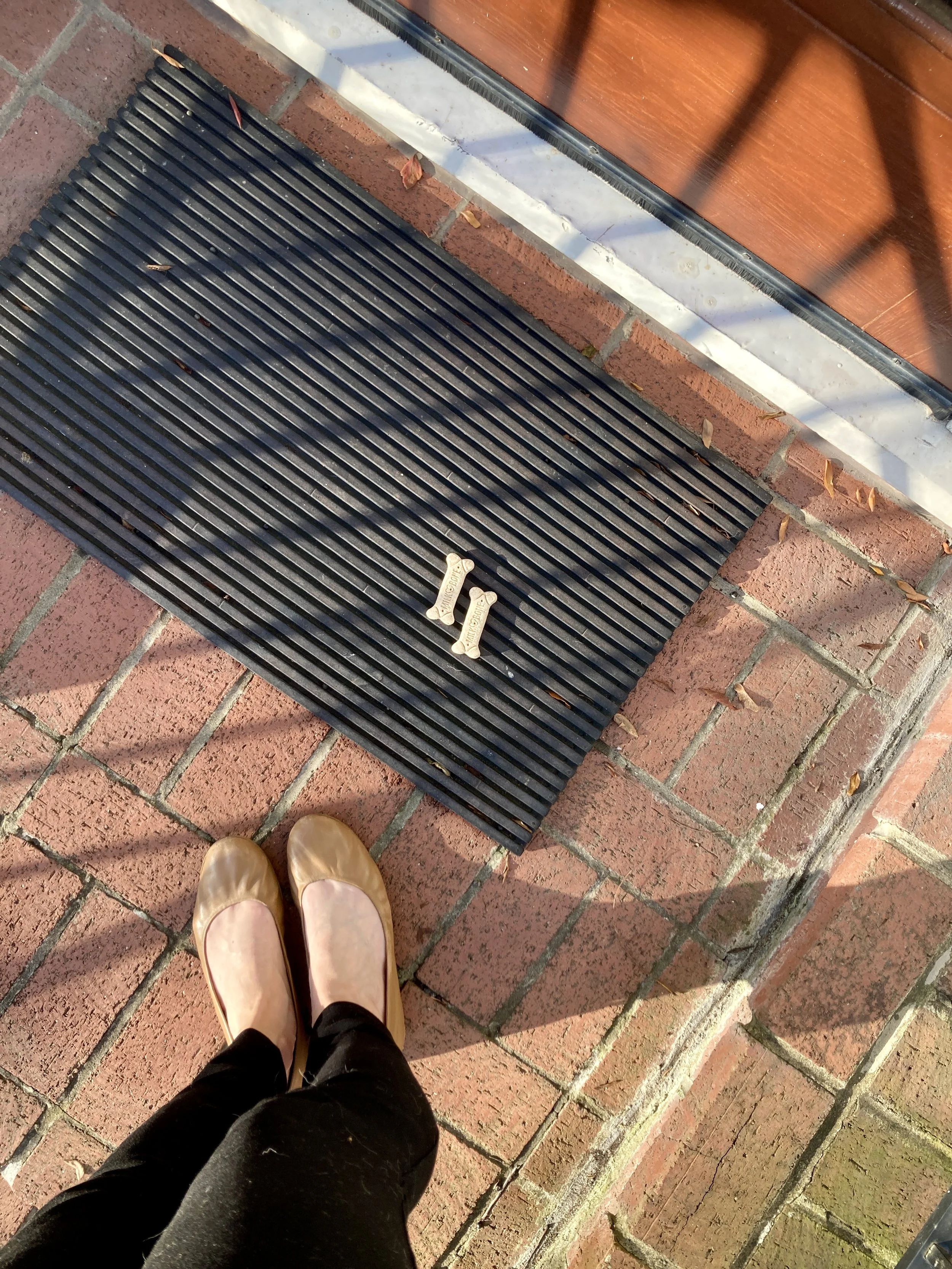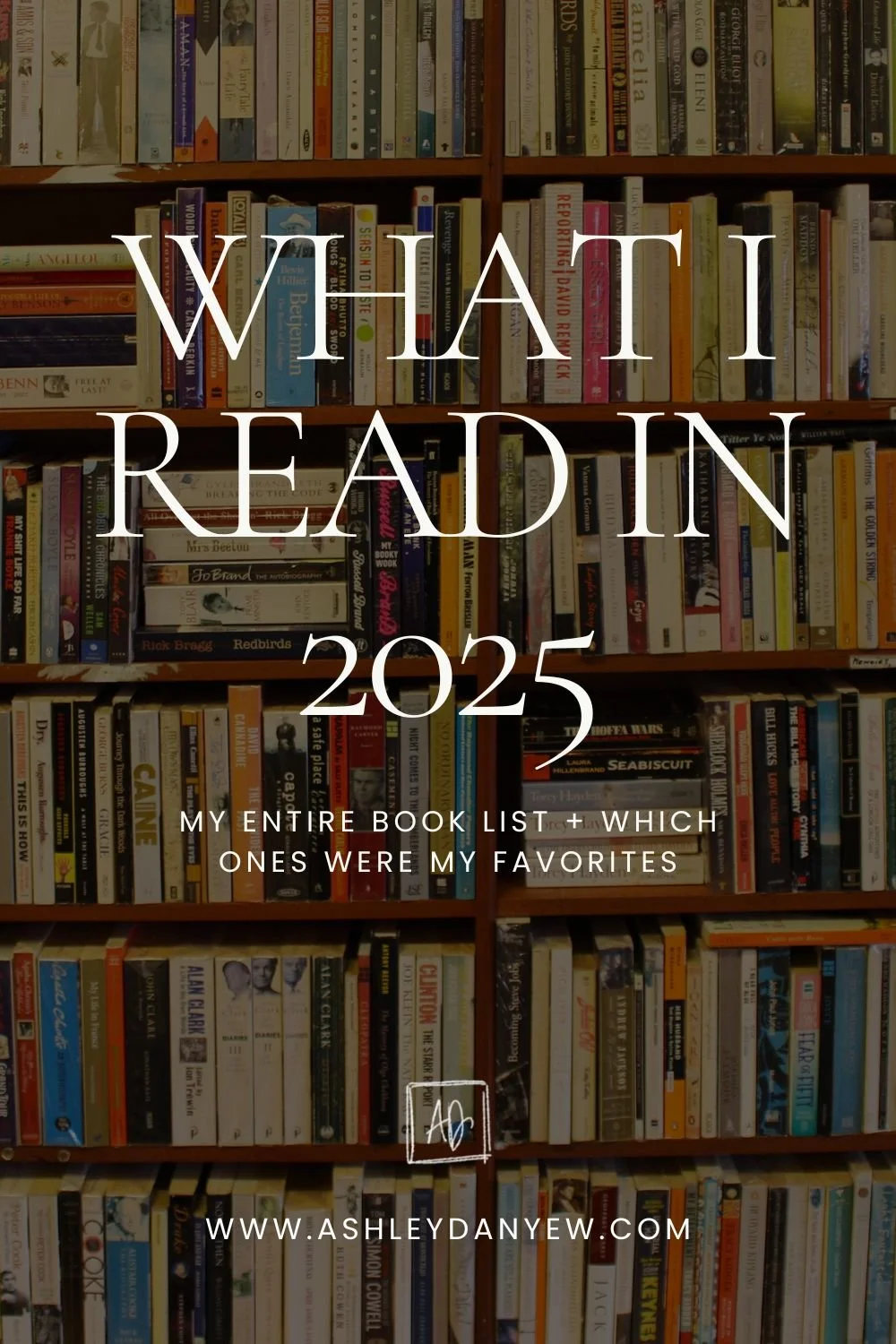I’ve been told our neighborhood is one of the hardest mail routes in the city.
Here, the mail carriers deliver mail on foot, climbing up the hill to each house to leave bundles of letters folded in a metal box attached to the house, slipped in a mail slot, or—my favorite—tucked inside the old wooden milk door.
This is how we met, Marissa, our mail carrier.
A few months back, we were out on a walk, as we do every day after lunch. We saw Marissa on her route, a loop of even footsteps like stitches in a quilt as she visited house by house along our street. Rory, our 10-year-old lab-greyhound, ran up to greet her, and to her delight, Marissa pulled out a full-size Milk Bone from her navy mailbag.

















